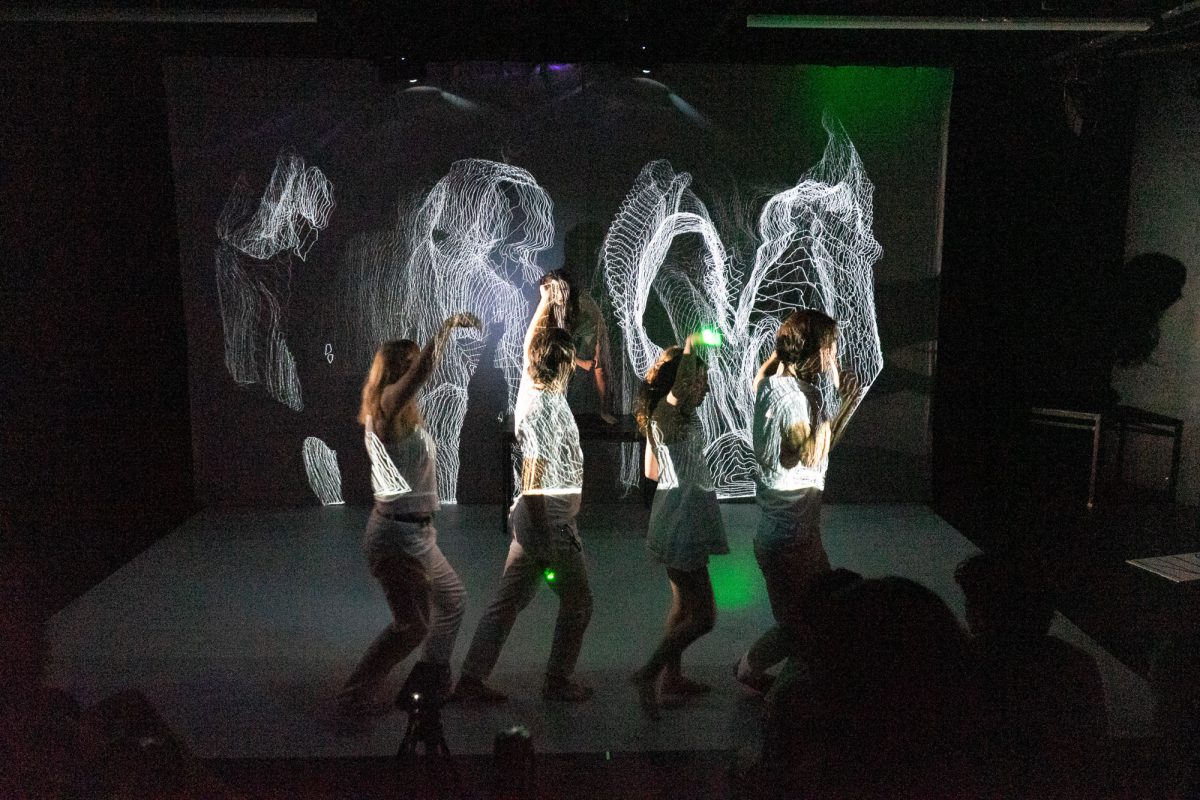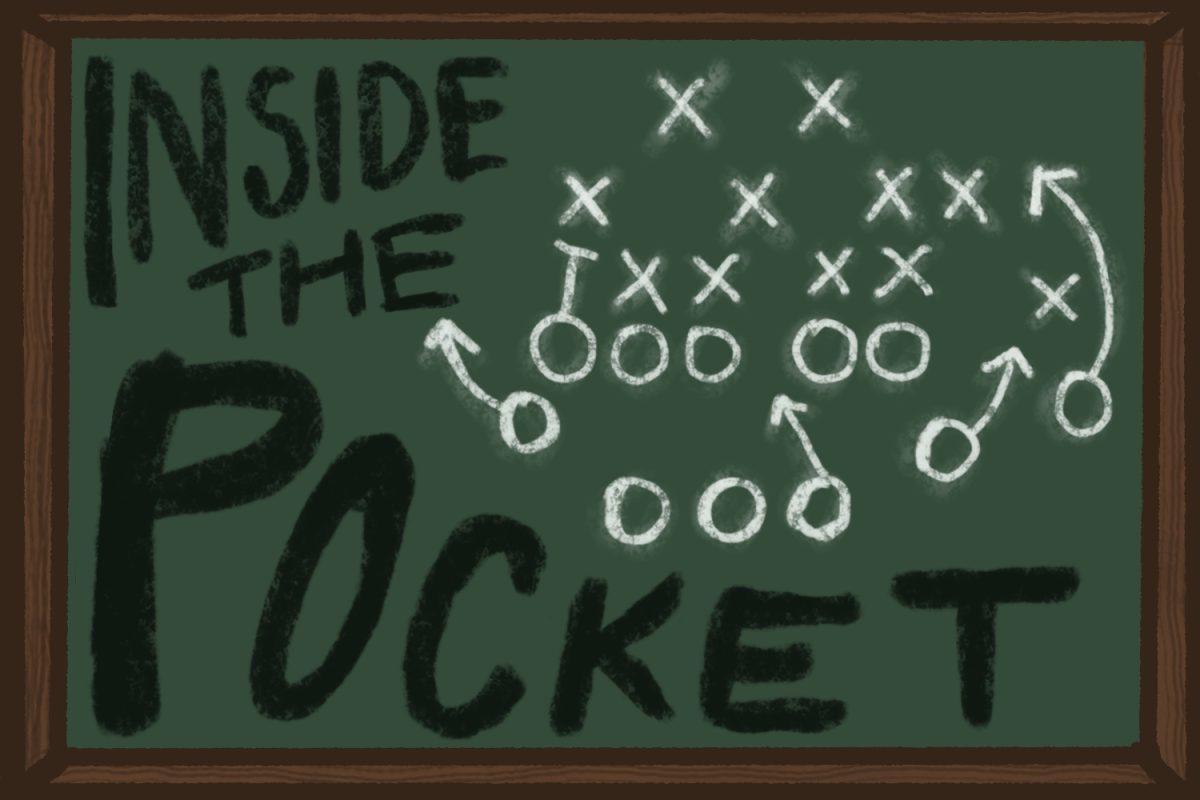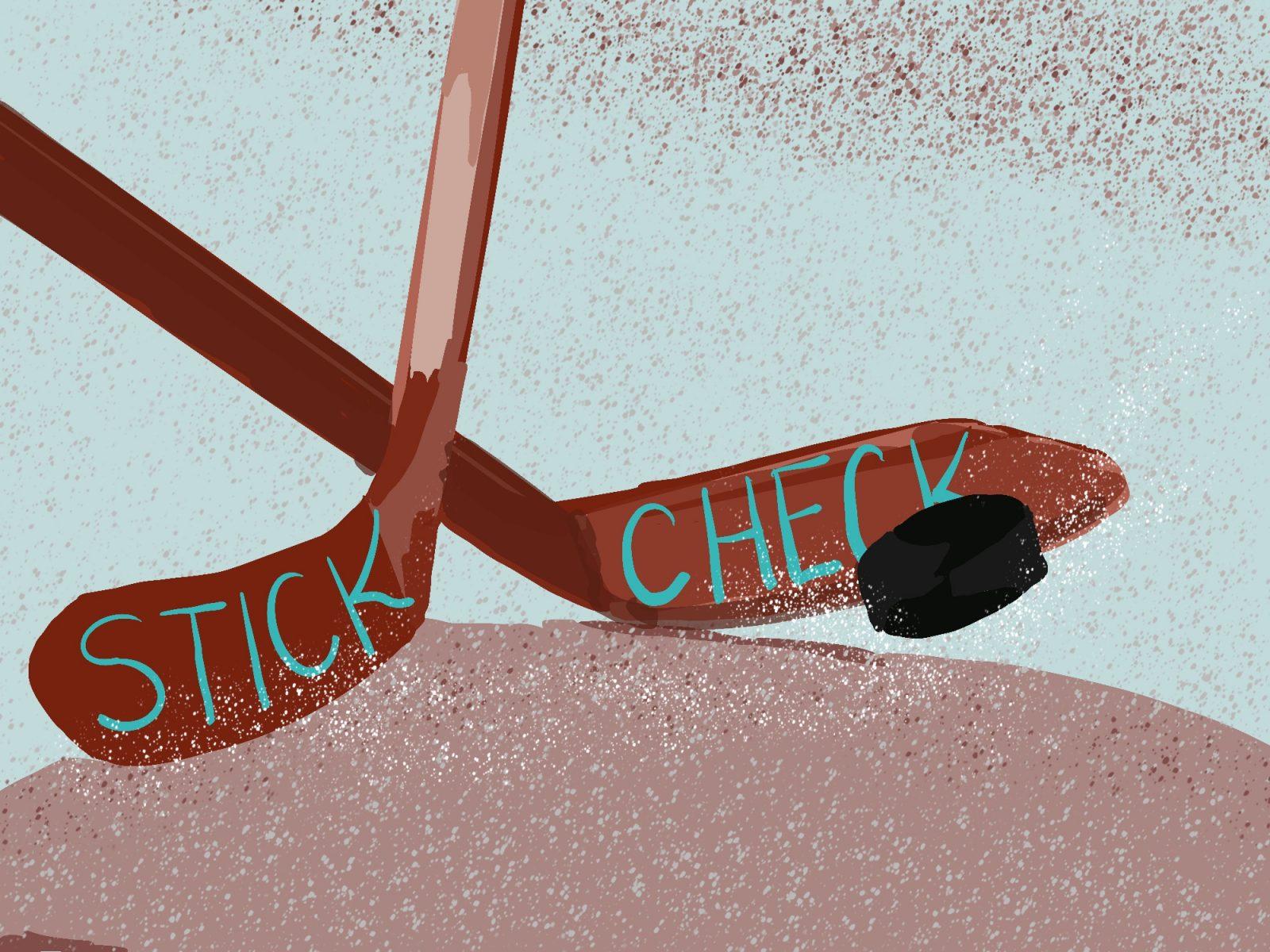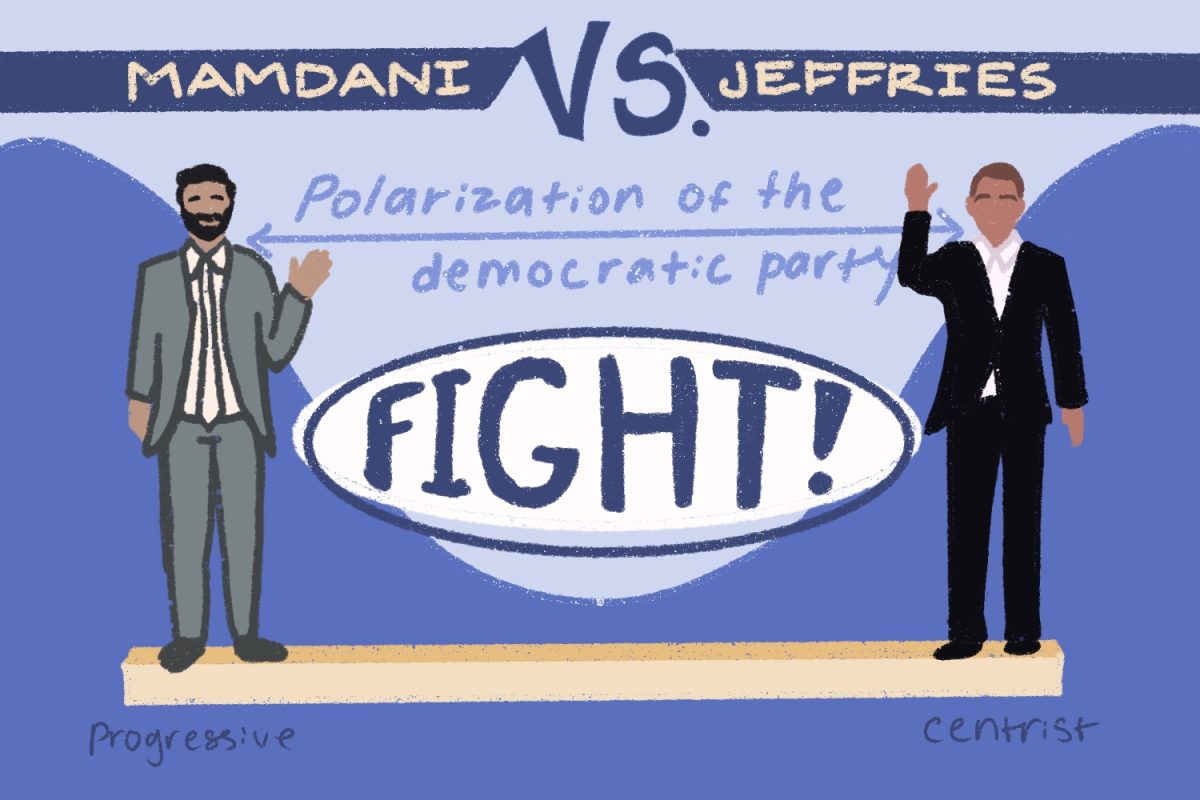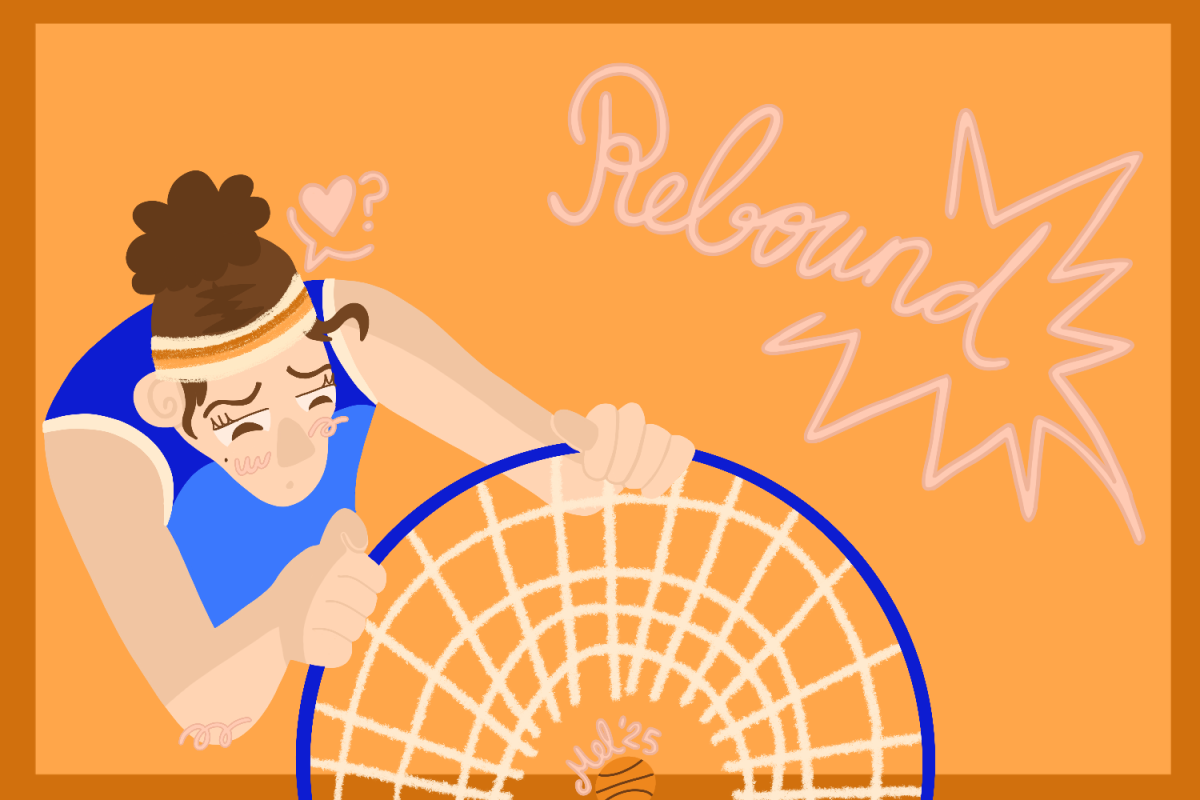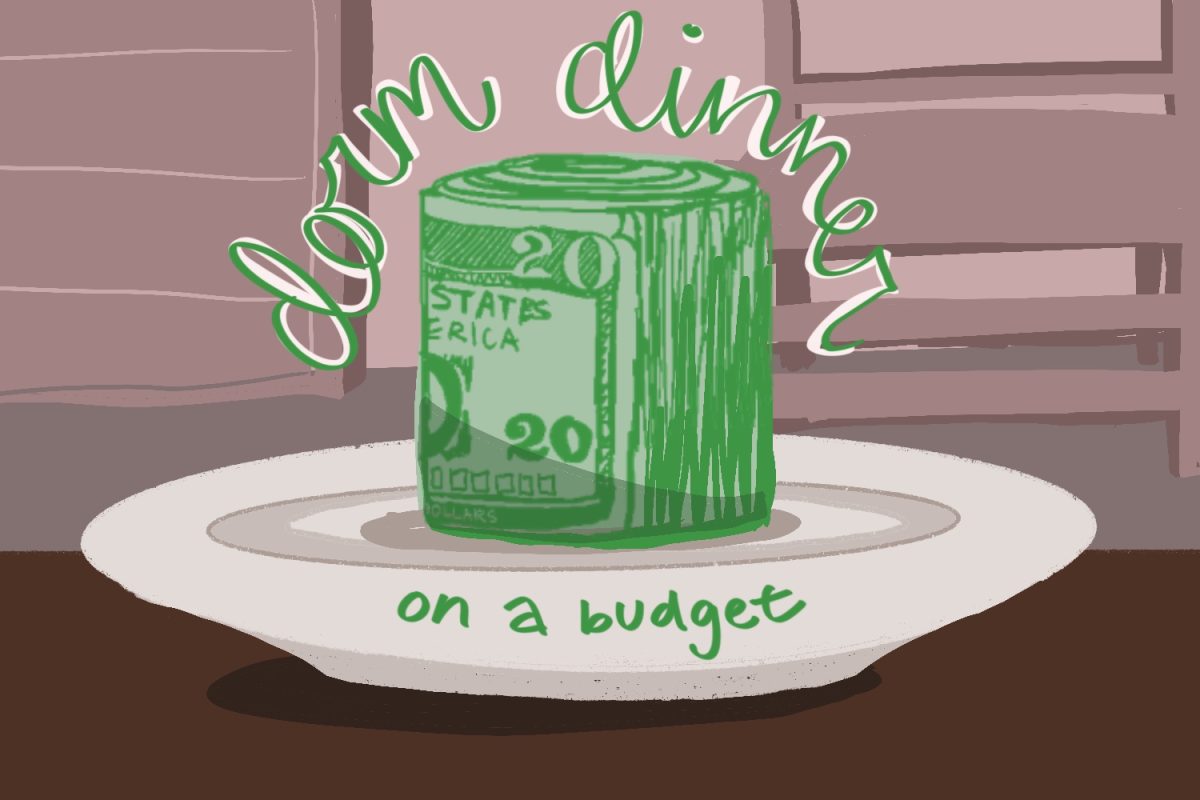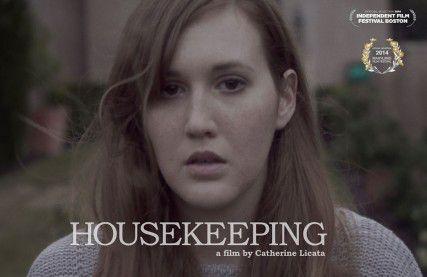Researchers at Northwestern University discovered that fear conditioning used during sleep may effectively cure phobias
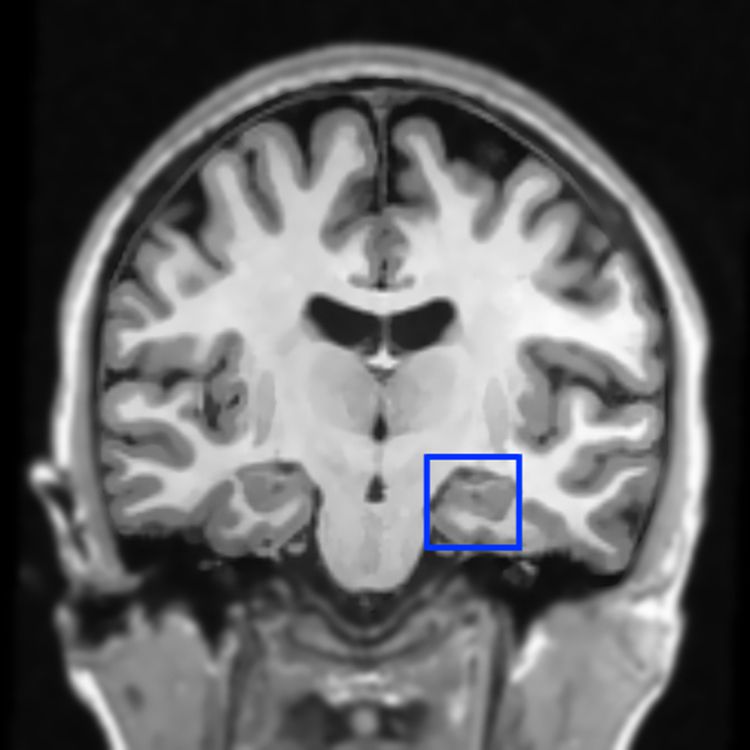
We all know it: Watching scary movies late at night is the worst. After returning home from the theater and closing your eyes, hauntingly real memories of Freddy coming to get you seep into your dreams. Instead of counting sheep, you find yourself counting the seconds until you have to wake up.
But fear not — there is good news. A Northwestern University study, published in a Sept. 23 edition of the journal Nature Neuroscience, found that fearful memories can be modified during sleep through fear extinction, ultimately reducing the memory of fear. What a relief!
Although the new study is still in its primary stages with a long way to go before being clinically utilized, Katherina Hauner, a postdoctoral fellow at the Northwestern University Feinberg School of Medicine who was involved in the study’s research, said she has high hopes for its medical implications.
“Whenever a new idea in science is initiated, typically, you test it in a very small group in order to establish some varied principles behind it,” she said. “We hope that someday this idea can be extended to patients, but in order to do that, we would have to extend these results in many directions that would involve many years in additional studies.”
Shocking discoveries
While sleep is considered a period of rest, the brain still works continuously during this time. Sleep is important for a variety of things, including the processing of new memories. These new memories are often comprised of those from emotional events.
“We wanted to see if we could take advantage of this period of time when our brains are still working to target and modify a specific memory related to fear,” Hauner said.
To prove this theory, Hauner worked in lab run by Jay Gottfried, a professor of neurology at Feinberg and the senior author of the paper. Hauner gathered 15 human subjects who were shocked shortly after seeing pictures of faces while awake. The subjects then associated certain faces with mild electric shock. These mild shocks — which were not painful — were used as a startling stimulus. Because Hauner and her colleagues paired pictures of faces with shocks, subjects began experiencing fear when seeing the pictures alone.
This type of research is called fear conditioning. During the process of fear conditioning in this study, the researchers also incorporated an additional stimulus: smell. While awake, subjects were exposed to a particular smell, such as mint or lemon, while also exposed to a certain face. Then, as subjects slept, Hauner randomly chose one of these smells to be presented repeatedly during sleep. When the subjects smelled the odor, they associated the odor with the pictures of the faces and, consequently, the shocks.
Hauner said she decided to use smell as a stimulus because subjects cannot look at pictures while sleeping, but the brain can perceive smells while asleep.
By using this odor technique, Hauner was able to initiate a process of fear extinction, a process by which continued exposure results in the diminished sensation of fear. This is a standard procedure in this type of research, Hauner said, but is typically performed when subjects are awake.
Hauner explain that this is the first time fear extinction is being applied during sleep. During wakefulness, the fear stimulus is presented over and over again and without interruption until the fear response eventually decreases. This research seems like a testament to the popular saying “what doesn’t kill you makes you stronger.” However, in this case, the constant exposure makes you fearless.
The results
“So you can imagine seeing this face over and over that shocks you,” Hauner said. “When you see the face just once or twice, you’ll be afraid that it will shock you again. But if you see the face 10 times, 20 times, 30 times without any shocks, eventually you won’t be afraid of it anymore. You’ll learn that it’s not a fear-inducing stimulant.”
The researchers were not able to scientifically explain if subjects knew they would be shocked while they were asleep because they could not wake up the subjects to ask them if they were afraid. This made it hard to interpret what exactly was going on while the subjects were sleeping. Hauner, however, said she could prove that subjects interpreted the odors they smelled earlier during sleep — their reactions to this decreased.
When subjects awoke, Hauner measured their responses to the face pictures and found that the subjects had decreased fear responses, specifically for the face associated with the smell that was presented to them during sleep.
Researchers also measured fear through a technique called skin conductance. During this procedure, the researchers placed two small electrodes on the subjects’ bodies to measure small changes in sweat.
“We need to make sure that the study was enhanced by repeating the procedure many times,” said Hauner. “This is also a memory that we created in the laboratory by pairing faces with shocks. This wasn’t a preexisting memory, so we need to make sure that this technique can extend to preexisting memories too.”
Hauner said new treatments often start like this, where one study finds an effect, but requires extensive testing and researching over many years.
Emotion alteration while asleep
Hauner said multiple studies have found that simply sleeping can strengthen emotional responses to events. These studies are different from Hauner’s study, however. Other studies, which often manipulate variables, focus on memories overall rather than just targeting a particular memory. Nothing was manipulated during sleep in the Northwestern study.
“There was a study showing that if you are shown some fearful pictures and then you sleep, that that memory for those fearful pictures will be strengthened and your fear response will be strengthened and vice versa,” She said. “There was another study that if you undergo therapy for a fear disorder, then sleep right away as opposed to not, that therapy will be strengthened. You’ll have decreased fear to whatever you were afraid of before compared to if you didn’t sleep right afterwards.”
The general area of research shows that whatever one has learned during the day is strengthened during sleep. So, for example, if someone watches a scary movie, experiences fear, and then goes to bed right away, memories from the film will be strengthened. But if that same person watches a scary movie, waits a while, and takes time to calm himself or herself down, the memories of working through fear and learning there is nothing to fear will be strengthened instead.
Hauner said people cannot control what they fear, but they do have the power to change how and which memories are strengthened in the brain to a certain extent. It is like tricking yourself — eventually you’ll believe it.
What’s next?
Hauner said this study needs to be repeated several more times over the next couple years before researchers can scientifically prove this technique is effective and long lasting. While there was a decrease in fear toward the pictures and the odors, Hauner said the decrease was small — so small that subjects themselves probably would not have noticed it.
Several students at Boston University had positive reactions to Hauner’s efforts with fear manipulation.
“Sleep shows a lot of promise,” said Maggie Beverly, a junior in Sargent College of Health and Rehabilitation Sciences. “They have to do more studies, but it would be interesting to see where it would go. It could possibly in the future treat people with night terrors or post-traumatic stress disorder.”
Burcu Kilinc, a sophomore in the College of Arts and Sciences, said he thinks the study could lead to further research.
“It could be beneficial to reduce phobia and discover more about memory and phobia,” he said. “Overall, it’s positive because they can find out more about the memory and could possibly be used instead of techniques like hypnosis.”
Haares Mirzan, a sophomore in CAS, agreed with Kilinc in that Hauner’s research could eventually be used as a substitute for other techniques.
“It’s a good alternative if you have a phobia and you don’t want to see a therapist, get medication or therapy,” he said. “If they did more research on it, I wouldn’t mind trying it if I had a phobia I wanted to get rid of.”
Hauner said if more studies are successfully conducted, then this study may one day be applied to therapy.
“Any time we do research on fear, that’s the overall hope, but that doesn’t mean we get there with one study,” she said. “That’s part of the nature of research — you need many studies to make a finding that’s reliable enough to form a treatment that’s administered to patients. Of course, someday we hope to be there, but we’re not there quite yet.”















